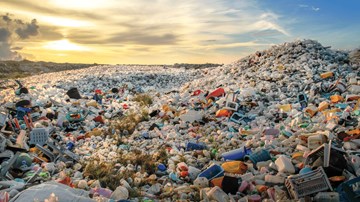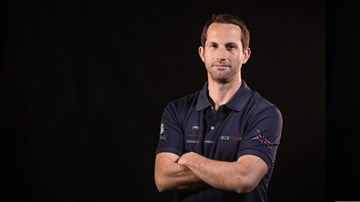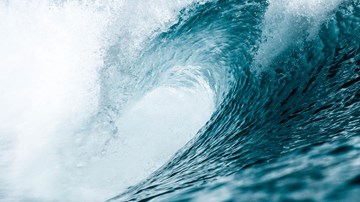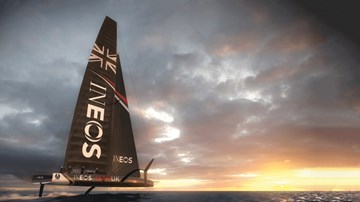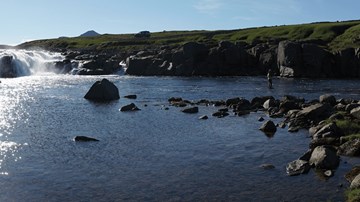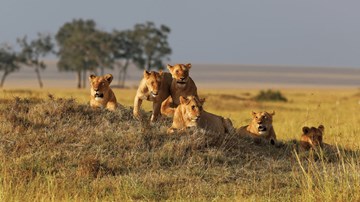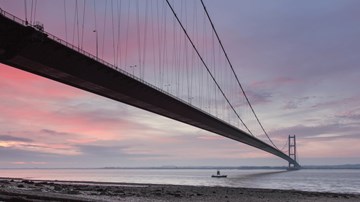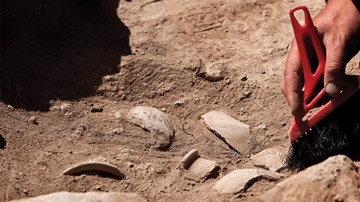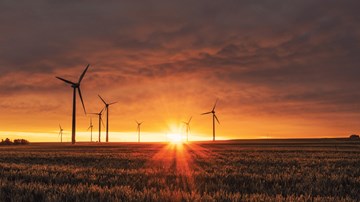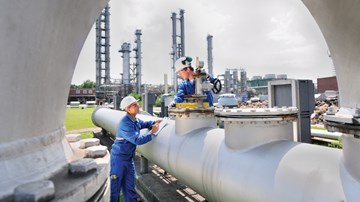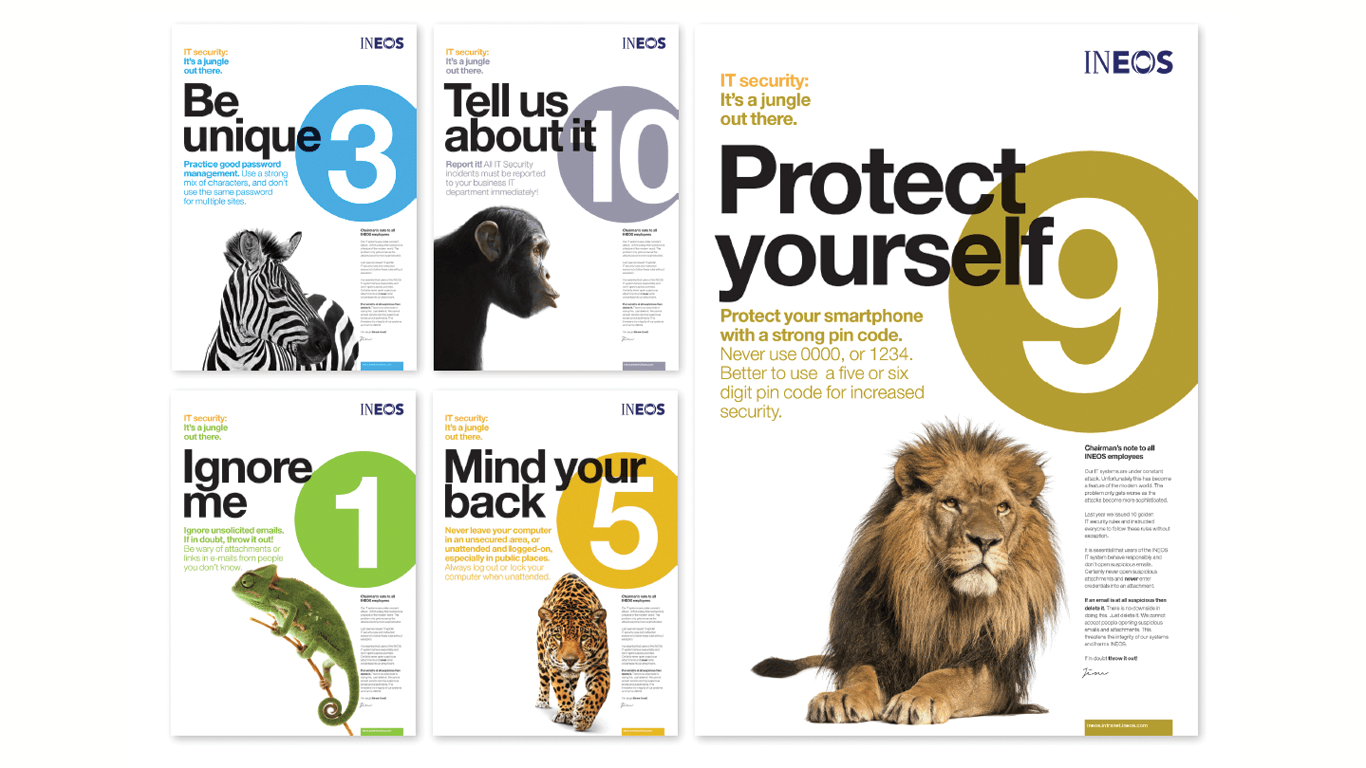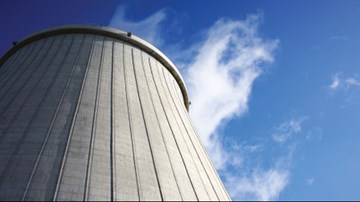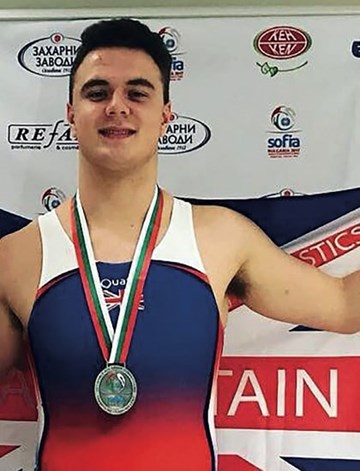Botswana’s Okavango Delta has long been viewed as one of the jewels in the African safari crown. But if it’s game galore you seek, Southern Tanzania is the place to be.
SOUTHERN Tanzania is home to more lions than anywhere else on earth.
It is the place to see game galore.
But very few seasoned travellers ever set foot in this vast wilderness.
"They just don't know what's here" said Katie Fewkes, Commercial Manager of Asilia Africa, one of the country’s leading safari companies.
Asilia opened its first camp in the heart of the Selous Game Reserve, with the help of a somewhat surprising investor – Jim Ratcliffe.
INEOS’ Chairman and Founder believes developing tourism in southern Tanzania will open the eyes of the world to a place of immense beauty and importance – and help to bring jobs and prosperity.
“This is a huge opportunity to create a long-term, sustainable and ecologically-friendly safari tourism business,” he said.
Often overlooked by tourists, southern Tanzania has, for many years, faced many hurdles, including poaching, logistical challenges and lack of tourism revenues compared to the more famous national parks.
Jim and Asilia hope to change that.
They have now opened a camp and a private lodge in Ruaha National Park and built a camp in the Selous Game Reserve.
“Both of these are extraordinary and little-seen wildlife areas,” said Jim. “By opening them up, we believe we can develop a sustainable business, which will help to support the wildlife and local communities.”
Each tourist is expected to generate almost 100 US dollars a day for conservation.
The lakeside Roho ya Selous, with its eight, air-conditioned canvas tents, is set in the very heart of the Selous Game Reserve, a wild and unspoiled game reserve which is larger than Switzerland.
The Ruaha National Park is even bigger and more remote but, despite being the size of New Jersey in America, it is visited by only a handful of travellers every year.
“Sadly neither has ever been as famous as the better-known parks, like the Serengeti, which means they have been left behind,” said Katie.
The 2014-2016 Ebola outbreak in West Africa did not help.
“Kenya and Tanzania in East Africa were very far from any risk areas but the scare further widened the gap because people were even less inclined to travel to areas that were less well known,” said Katie.
That, in turn, made the region more vulnerable to defend itself against poaching as well as other challenges.
But Asilia and Jim had a vision and saw this as an opportunity to make a difference.
“We both believe that the best way to secure the region is through sustainable tourism,” said Katie. “This creates jobs and brings in tourism revenues in the form of park and concession fees which go directly towards protecting the park or reserve and the wildlife and habitats.”
She said it would also ‘crucially’ increase wider awareness of the region globally.
“There would be an international outcry if someone said we might lose all the elephants in the Serengeti, but if someone said the same of the Selous Game Reserve, most people wouldn’t even know where it was,” said Katie. “We aim to change that.”
Jim, who has been on countless safaris over the past 20 years, chose to invest in Asilia because of the work it does to empower local people and places.
“We see people and nature as inseparable partners,” said Clarissa Hughes, Positive Impact Co-ordinator at Asilia Africa. “The development of one must mean the development of the other.”
The two camps and the lodge – although designed by a South African architect – were built using local labour.
Food and goods made locally are also used where possible and about a third of the company’s 600- plus staff live in the remote, rural villages close to its safari camps.
The company, which likes to work with communities, authorities, non-governmental organisations and other tourism companies to benefit all, also provides schools with desks, books, and pens.
This year it has also been on a mission to help local students, who cannot afford higher education, to gain scholarships to the Veta Hotel & Tourism Training Institute.
“We believe that education is key to lifting people out of poverty and providing them with alternative livelihoods to poaching and unsustainable farming,” said Clarissa.
A new World Awaits ...
SEASONED travellers will find the greatest adventure imaginable in southern Tanzania.
Katie Fewkes, Commercial Manager of safari company Asilia Africa, has no doubt about that.
“Selous and Ruaha are for me the ultimate safari destinations. They offer a true wilderness experience, with unspoiled landscapes and spectacular wildlife to discover,” she said.
All three camps will be open by the end of the year.
The Choice
Roho ya Selous, Selous Game Reserve
Lakeside camp with eight, air-conditioned canvas tents. En-suite bathrooms, solar-powered hot running water, showers and toilets that flush. There’s also Wifi, for those who don’t want to be disconnected from the digital world for too long, and a swimming pool. Each day guests can choose how to explore this beautiful wilderness, be it on foot, tracking wildlife, on a game drive in search of a lion or by boat, getting up close to the hippos. Drinks around the camp fire before a three-course dinner served mostly under the stars.
Jabali Ridge, Ruaha National Park
Eight suites hidden amongst rocky boulders. An infinity pool, spa and plenty of places to laze and ensure that time off is as memorable as time out in the African bush. Guests can explore the Ruaha National Park, one of Africa’s wildest national parks, day or night in open-sided vehicles as well as walking safaris for a true adventure. Pre-dinner drinks are served at the Jabali gin bar, before enjoying a three-course dinner.
Jabali Private House, Ruaha National Park
Sophisticated retreat with its own private chef, guide and vehicle. Offers the utmost privacy and exclusivity for families or couples travelling together. While animal sightings are common here, sightings of other visitors are not.
